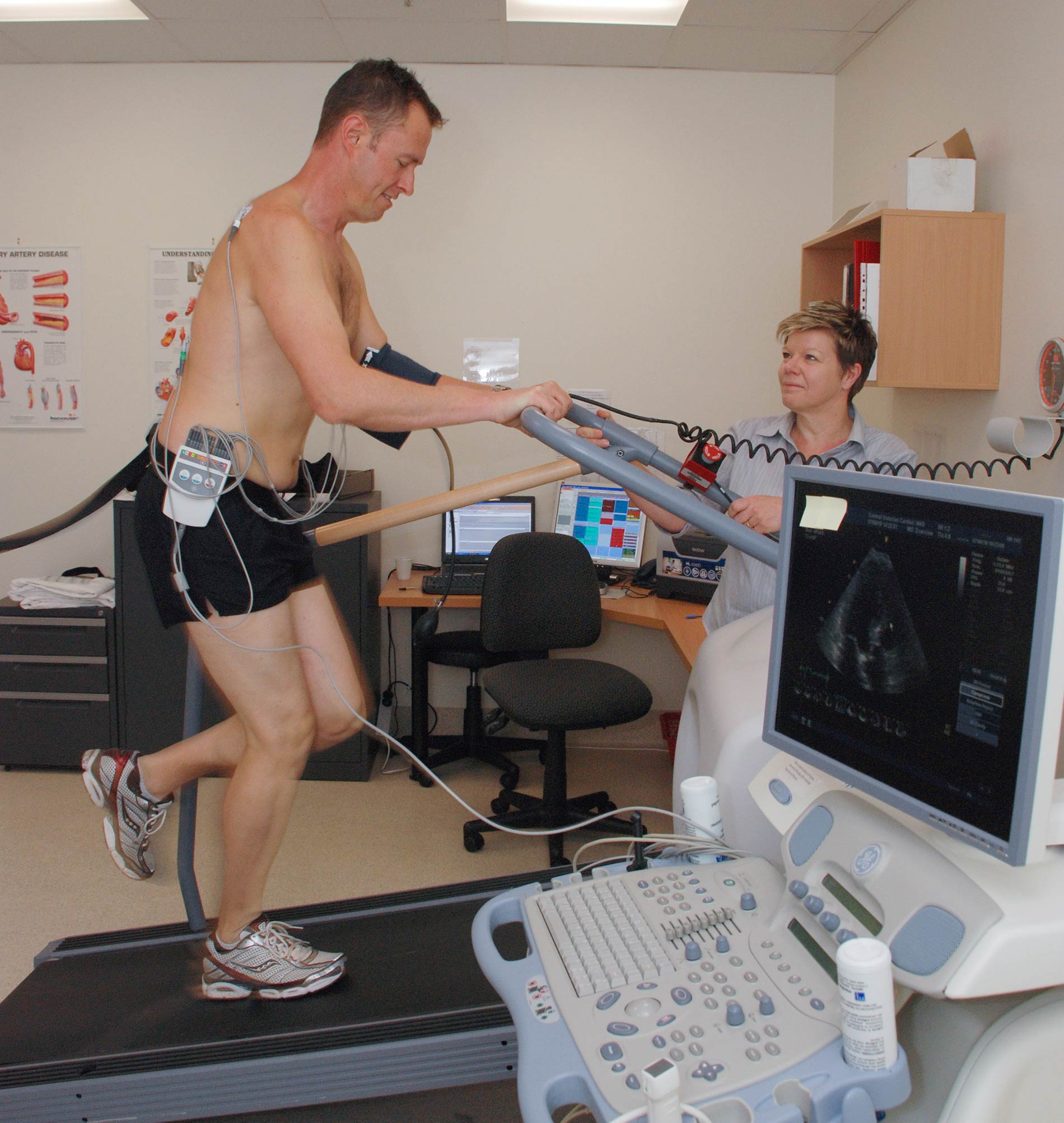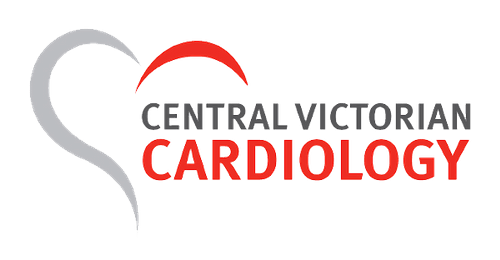
What is it?
A treadmill stress echocardiogram (SE) test assesses if you are likely to have significant narrowing in your heart’s coronary arteries. It may be requested by your GP or Cardiologist to assess various types of chest pain.
The first appointment is for a baseline ultrasound of the heart to assess the function of the heart muscle and valves. This test provides additional information, by comparing cardiac ultrasound images of your heart function before exercise, which are then compared to images immediately after exercise.
The cardiologist can then decide whether enough blood is flowing to your heart muscle or if a narrowing is restricting supply.
Preparation
Your doctor may ask you to not take certain medications as some of these can affect the accuracy of the test. In particular beta-blockers, which act by slowing the heart rate, need to be stopped before the test. Information about medications will be provided when you book your appointment.
What should I expect?
You will be given a consent form to read and then sign. The test begins with the sonographer connecting you to an ECG machine, via ECG electrodes placed directly on the chest, so that your heart rate and rhythm can be monitored and recorded.
Then, lying on a couch, they will image your heart using an ultrasound transducer. Gel is applied to the transducer, it will feel quite cold to touch but does not harm your skin.
The sonographer will press firmly and may ask you to hold your breath briefly as images are acquired.
The speed and slope of the treadmill will increase every few minutes, as if you are walking uphill. Your blood pressure will be periodically measured.
It is important for you to exercise for as long as possible to ensure adequate increased workload on your heart and to provide the most accurate test results. It is also important to tell the Team of any symptoms you may experience eg. chest pain, arm pain or unusual shortness of breath.
After you have finished exercising, you will be asked to return to the couch as quickly as possible for more images to be taken.
You will be asked to hold your breath in or out several times in order for clear pictures to be recorded. It is important that you do your best to hold your breath during this final part of the test as images have to be obtained very quickly before the heart rate begins to slow.
After the test
At the end of the test you will have a cool-down period where you may lie down or sit quietly. You may then return to your normal activities.
If any symptoms persist after the test please seek advice from the Team.
The results are sent to your referring doctor on the same day. It is recommended that the results and what they mean be discussed with your Doctor.
